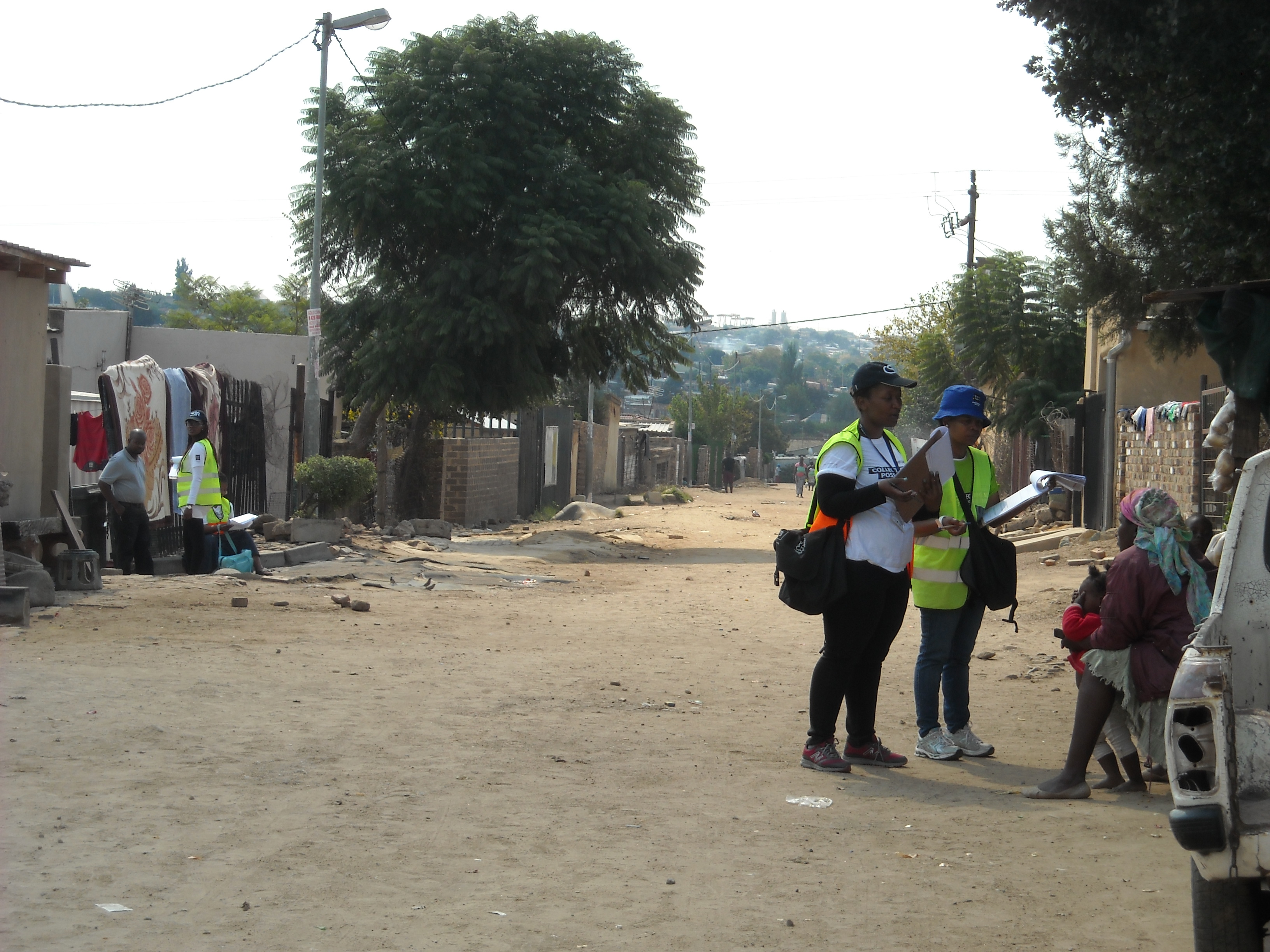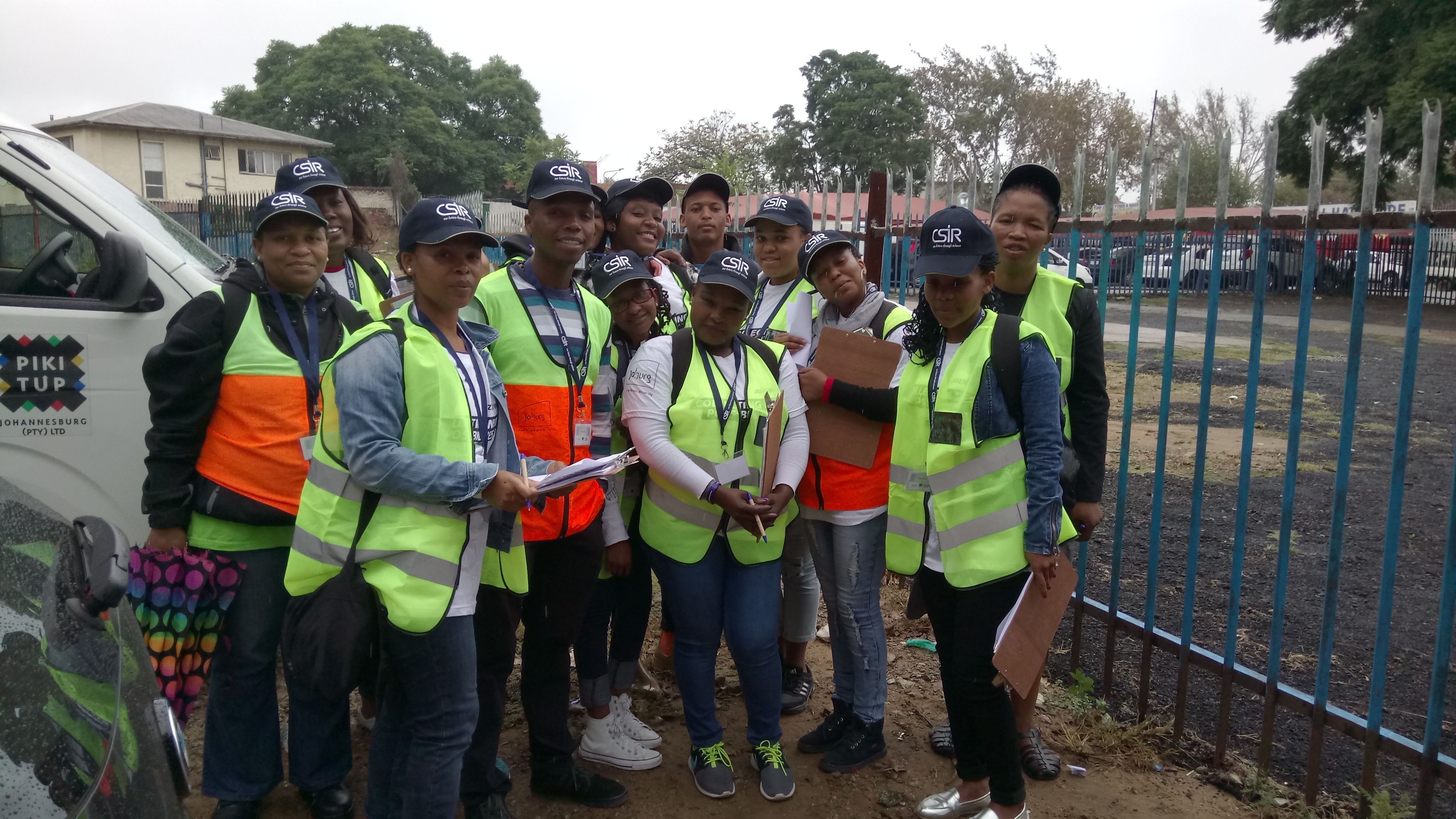Getting South Africans to separate waste at source
Waste management service provider, Pikitup, has commissioned the CSIR to investigate potential regulatory or economic interventions that will encourage more people in residential areas to participate in a waste-separation-at-source programme in Johannesburg. Participation by households has been low since the programme’s inception.
Waste management service provider, Pikitup, has commissioned the CSIR to investigate potential regulatory or economic interventions that will encourage more people in residential areas to participate in a waste-separation-at-source programme in Johannesburg. Participation by households has been low since the programme’s inception.
The programme requires households to sort their waste into three fractions. A mesh bag is provided for paper, a transparent plastic bag for mixed recyclables, such as plastics, glass and metal, and a wheelie bin for non-recyclable residual waste. The Separation at Source Programme is part of a national strategy to respond to the environmental issue of overfilled landfills. Separation of waste eases the strain on South Africa’s natural resources, and contributes to the Green Economy by introducing secondary resource back into the economy, while creating jobs and business opportunities in the waste sector.
In Johannesburg, the source-separated waste is collected and further sorted by cooperatives who sell the sorted recyclable materials to the recyclers. The number of jobs created is linked to the amount of source separated waste that is collected and recycled. It is therefore important to attain maximum participation rates for the programme.
CSIR researchers interviewed over 1 000 households spread across six suburbs in Johannesburg. The suburbs covered were Diepsloot, Greymont, Greenside, Glenvista Pimville and Turffontein – representing low, middle and high income areas. The Separation at Source Programme runs in all these suburbs.

The findings from the study provided valuable insights into the perceptions and behaviour of the residents in these areas and their preferred choices of interventions that will encourage households to participate in the programme. The findings clearly indicated that ‘one size does not fit all’. Future decisions on waste separation at source and the choice of interventions to encourage more households to participate in the programme will have to be informed by the specific community.
CSIR environmental scientist Suzan Oelofse says, “If we want to introduce waste separation at source in municipalities, the service needs to meet the needs of the community especially in the manner in which it is implemented; such as creating effective awareness campaigns, access to the relevant material and ensuring a reliable service delivery.”
She says the study aims to bridge the gap between the community and service provider and that it will provide Pikitup with a clear assessment of how to improve the current service in the sample areas to enable the company to successfully introduce the programme in other areas.



